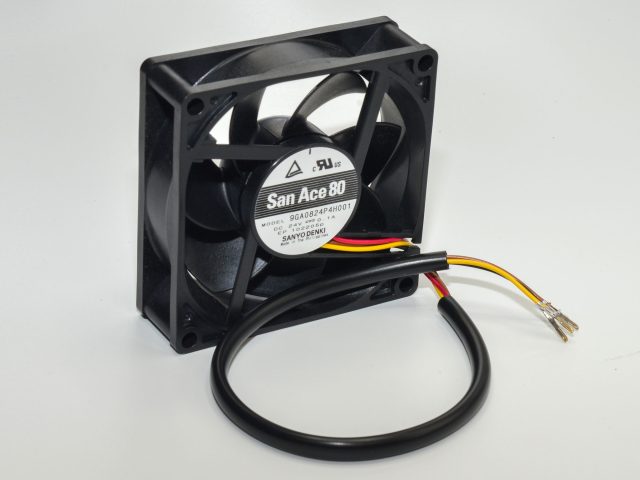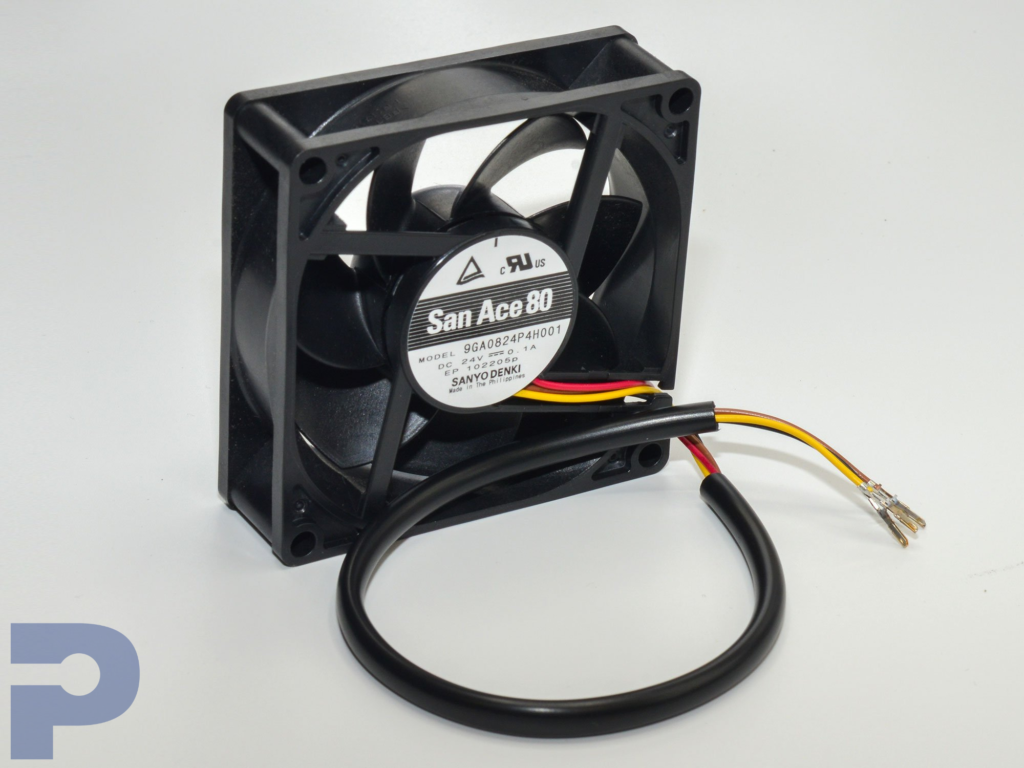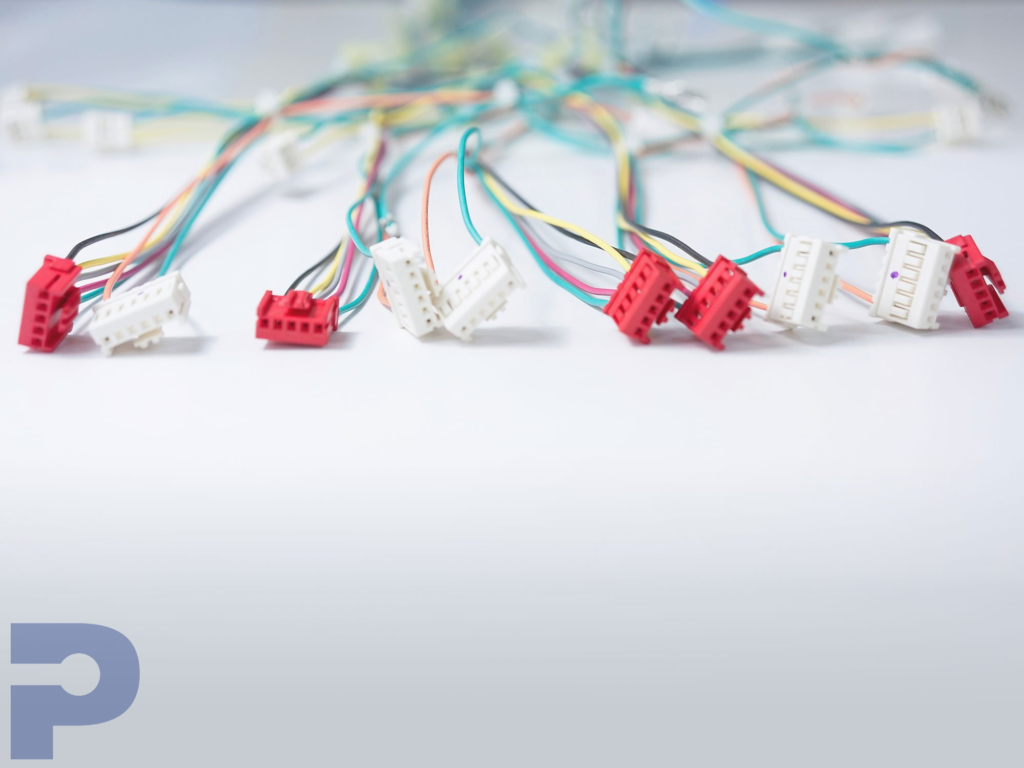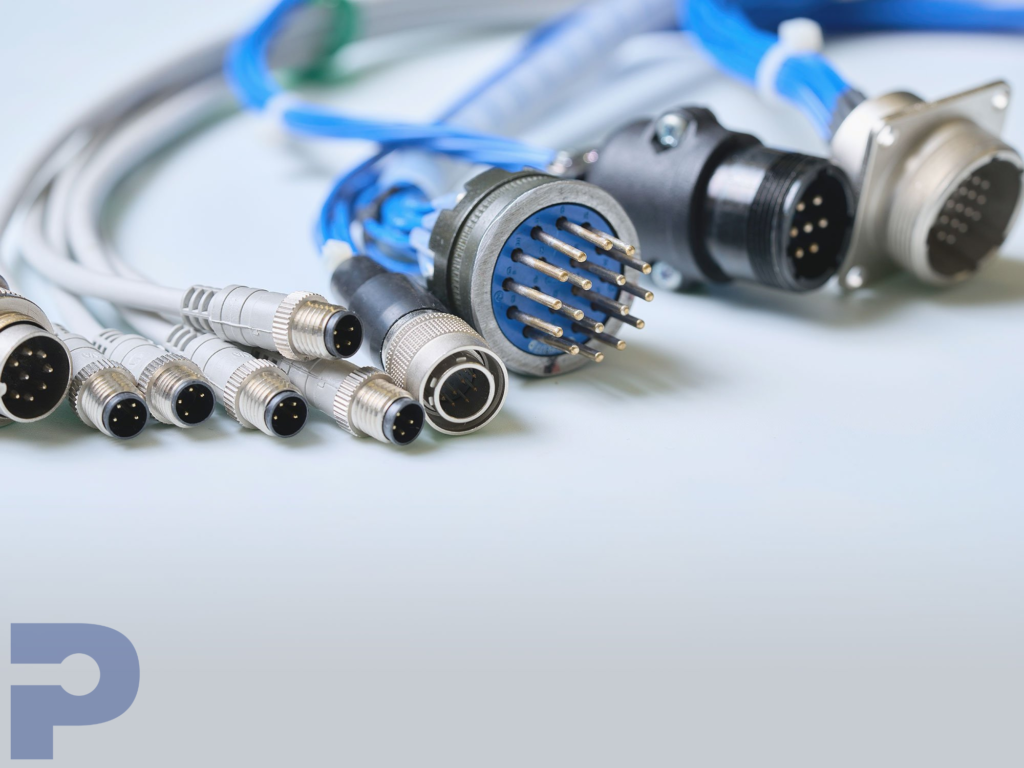Wire Harness Assembly / Custom Wire Harnesses
Custom Wire Harness & Cable Assembly Solutions
PICA designs and manufactures custom wire harnesses and cable assemblies for industries including automotive, medical, aerospace, defense, and industrial systems. By bundling multiple wires into a single, organized assembly, we simplify installation, improve reliability, and reduce weight in complex electronic systems.
With scalable facilities in the U.S. and Malaysia, PICA supports projects ranging from prototypes to high-volume harness production. Our assemblies are engineered for precision, tested for performance, and tailored to your exact specifications.
Why Choose Wire Harnesses?
Streamlined Design – Wire harnesses bundle multiple wires into a single organized unit, reducing clutter and simplifying installation in complex systems.
Improved Reliability – By minimizing loose connections and routing errors, harnesses enhance long-term electrical stability and reduce system failures.
Space & Weight Savings – Consolidating wiring reduces system bulk and weight, which is critical in aerospace, medical, and portable electronics.
Enhanced Protection – Harnesses can be shielded and sleeved, providing defense against abrasion, vibration, moisture, and environmental stress.
Cost & Time Efficiency – Standardized, pre-engineered harnesses cut assembly time, lower labor costs, and simplify future maintenance.
Wire Harness Capabilities – Highlights
PICA delivers end-to-end wire harness solutions with advanced equipment and global capacity:
Simple to complex multi-branch harnesses
Wide range of wire gauges and connector types
Shielded, molded, and custom-labeled options
Automated cutting, stripping, crimping, and testing
Protective sleeving and strain relief techniques
Prototype to high-volume production readiness
Electrical validation and quality testing
Benefits of Custom Wire Harness Assembly
Simplified Installation
Organizing multiple wires into one assembly saves time, reduces labor, and minimizes wiring errors.
Improved Reliability
Pre-engineered harnesses eliminate loose connections, improving long-term electrical and mechanical stability.
Space & Weight Savings
Consolidated wiring reduces system bulk and lowers overall weight, critical for aerospace, medical, and portable devices.
Enhanced Protection
Shielding, sleeving, and overmolding guard against abrasion, vibration, moisture, and environmental stress.
Consistent Quality
Automated cutting, stripping, and crimping ensure repeatable, high-quality harness builds every time.
Markets We Serve with Wire Harnesses
Automotive
Harnesses for control modules, lighting, and infotainment systems designed to withstand vibration and heat.
Defense & Security
Lightweight, rugged harnesses for avionics, satellites, and mission-critical systems.
Wearables
Custom wire harnesses for printers, networking equipment, and compact electronics.
Medical
Reliable wiring solutions for diagnostic equipment, monitoring devices, and therapeutic systems.
Industrial
Durable harnesses for robotics, sensors, and factory automation systems.
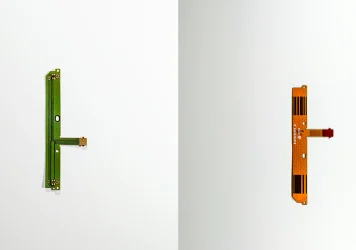
LPI Solder Mask vs. Polyimide Coverlay: Choosing the Right Protection for Flexible Circuits
Protecting the copper circuitry on a flexible printed circuit (FPC) is essential to ensuring long-term reliability and...
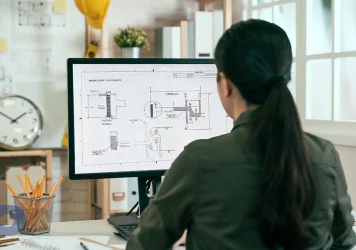
Why You Should Involve Your Flex Circuit Manufacturer Early in the Design Process
In product development, timing is everything. But too often, the flexible circuit comes late in the conversation,...
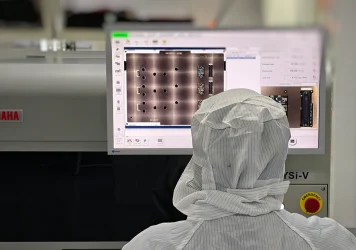
See What You Can’t See: AOI & X‑Ray Inspection in PCB Assembly
In today’s electronics world, component densities are rising, geometries are shrinking, and reliability expectations are higher than ever. Failures at...

Rigid-Flex: The Winning Technology Behind Smart Impact Monitoring Mouthguards
When it comes to sports safety, precision and reliability are non-negotiable. Impact monitoring mouthguards, like those used to measure head...

Next-Generation Wearable Health Monitoring: Polymer Thick Film Electronics and Biosensor Patches
Polymer Thick Film (Printed Electronics): Thin, Flexible, and Designed for the Human BodyPolymer Thick Film (PTF) technology, commonly referred to...
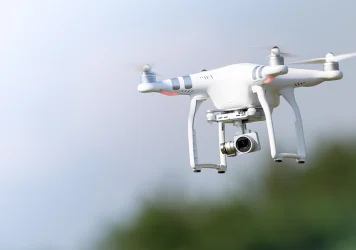
Flexible Circuits Powering the Next Generation of Drones
Modern drones demand electronic systems that are lightweight, compact, and highly reliable. Traditional rigid PCBs often struggle to...
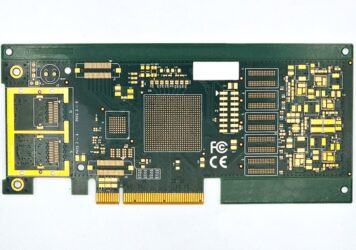
Designing for Edge-Mounted PCBs: Best Practices and Considerations
When space is tight, or when PCBs need to mate with enclosures, panels, or external interfaces, edge-mounted boards can offer...

Roll-to-Roll Processing: Driving the Next Generation of Flexible Circuits
Electronics are shrinking, getting lighter, and expected to perform flawlessly in demanding environments. From medical
Request Your PICAKit Today
We want you to take a look at what we can produce for you by offering you a PICAKit which includes a variety of flexible pcb, shields, & flat flexible cables.


